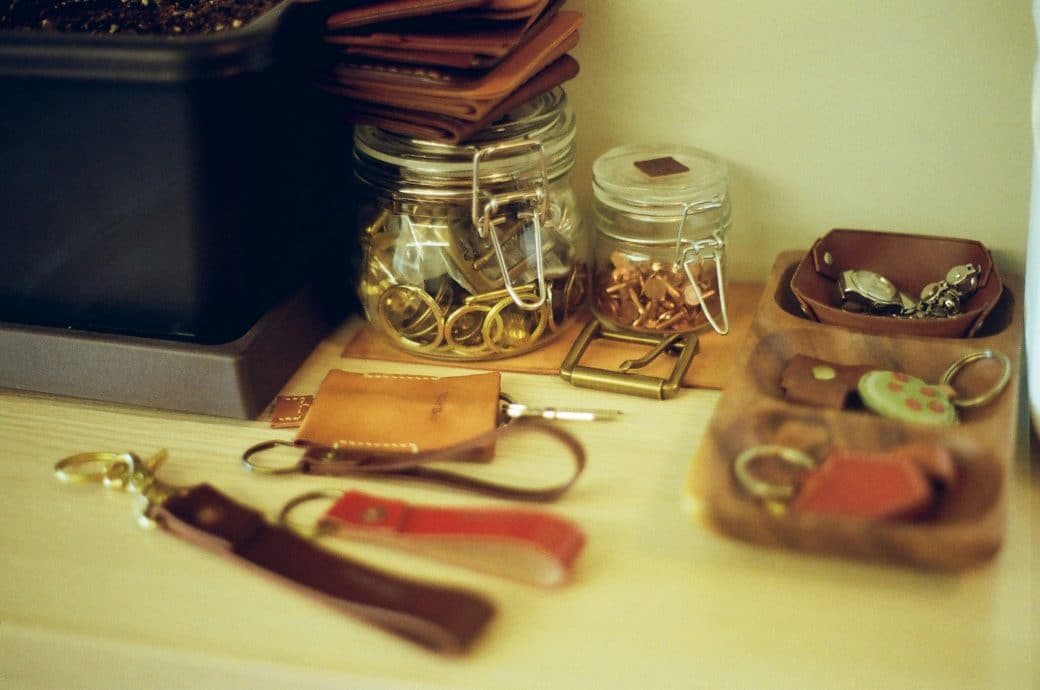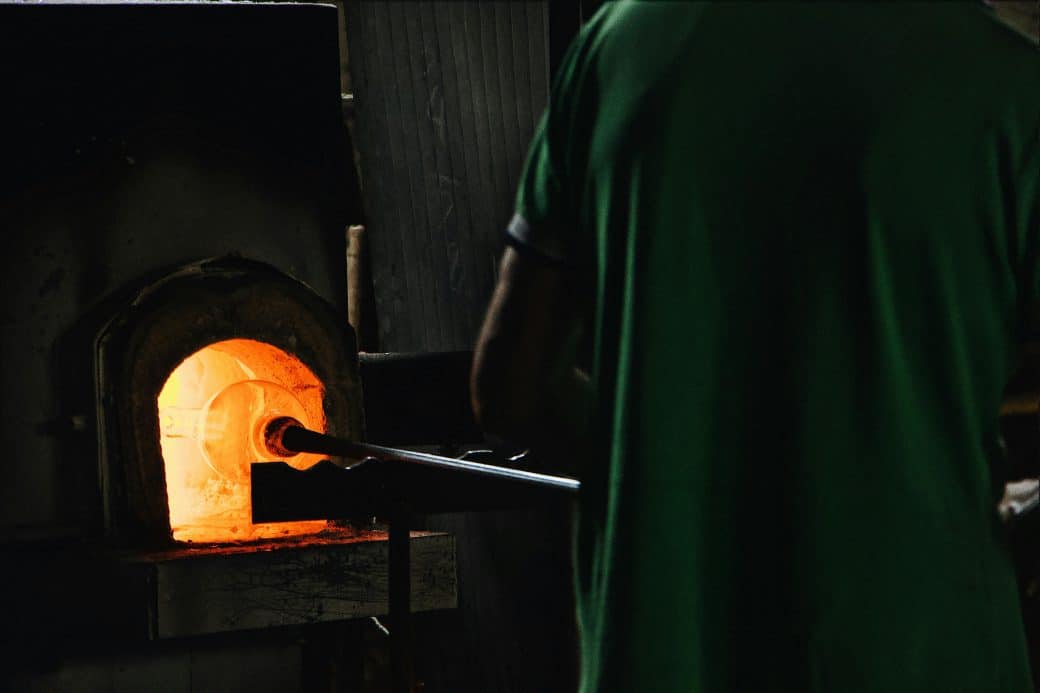So, let me paint a picture for you about this fascinating journey I embarked on, exploring the world of upcycled furniture. It’s like giving a second life to what most would consider the end of the road for any piece of furniture. Imagine stumbling upon an old, worn-out chair that’s seen better days, then with a bit of creativity and elbow grease, transforming it into a masterpiece that becomes the highlight of your living room. In this case study, I’ll share my experience and the incredible transformations I witnessed—turning what was once considered trash into absolute treasure. It’s not just about the before and after, but about the story each piece tells and the environmental impact we can mitigate through such creative endeavors.
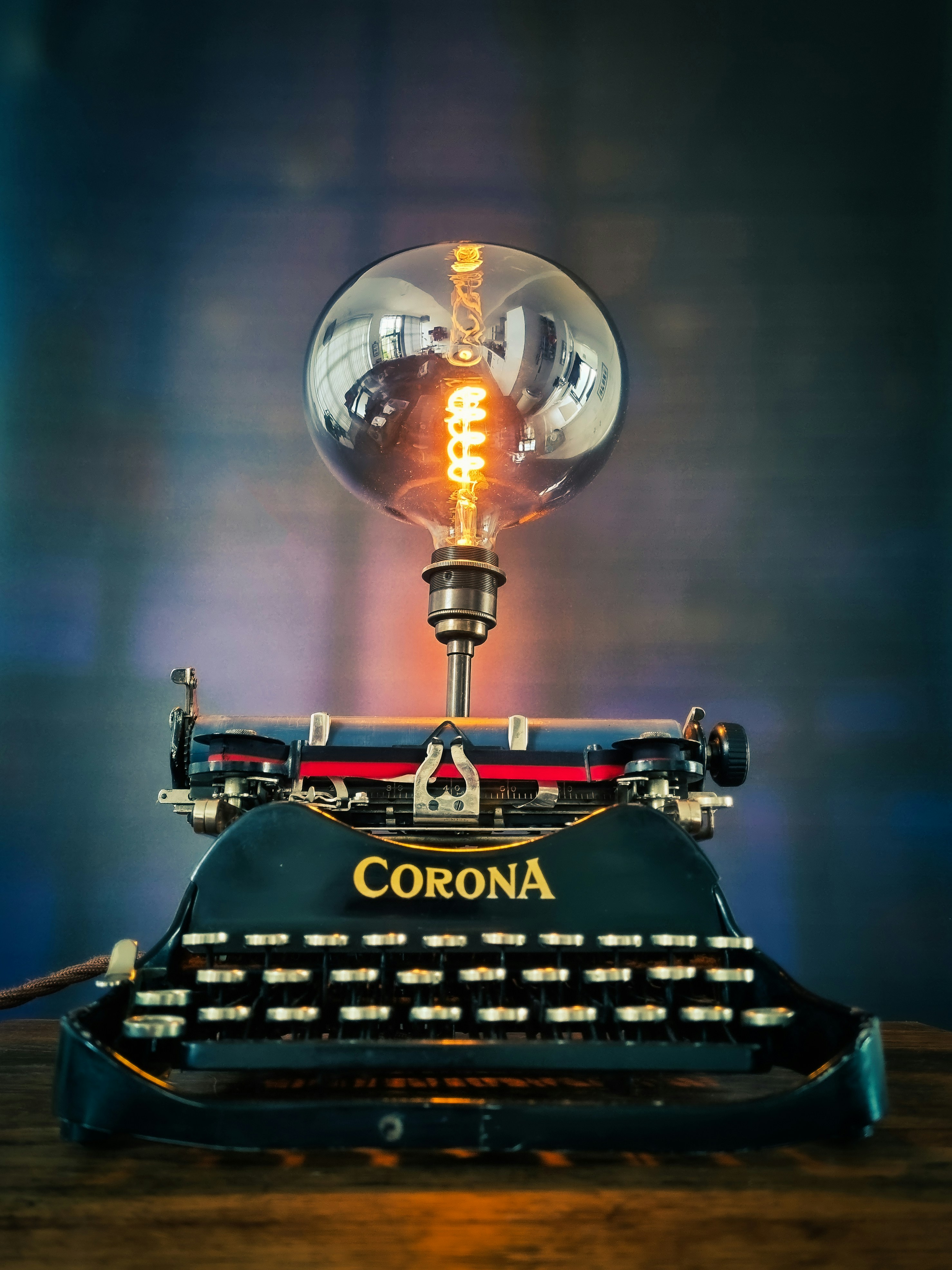
Understanding Upcycling
You’ve probably heard the term “upcycling” thrown around a lot lately, especially if you’re into DIY projects or eco-friendly practices. But what exactly does it mean? Let’s dive into it together.
Definition of upcycling
At its core, upcycling is all about taking something old or discarded and transforming it into something of higher quality or value. It’s a step above recycling because, instead of breaking down the original materials, you’re creatively reusing them to make something new and exciting.
The process of upcycling
The upcycling process can vary widely depending on what you’re working with and what you want to create. It might involve taking an old piece of furniture and giving it a fresh coat of paint, reupholstering, or even repurposing it for a completely different function. The key is to see the potential in objects that others might overlook.
Importance of upcycling on the environment
Beyond just being a fun DIY project, upcycling plays a significant role in environmental conservation. By repurposing materials, you’re reducing waste and the demand for new resources. It’s a small step towards a more sustainable lifestyle that can lead to a big impact over time.
The Gadgets of Upcycling
You’d be surprised at the variety of gadgets and tools that can come in handy for upcycling projects. Let’s talk about a few essentials.
Tools necessary for upcycling
For starters, you’ll need some basic tools like screwdrivers, hammers, and pliers. Depending on your project, power tools like drills or sanders might also be necessary. Don’t forget about paintbrushes, staple guns, and fabric scissors!
Safety precautions while using these tools
Safety should always be your top priority. Make sure to wear protective gear, such as gloves and goggles, when using power tools. It’s also essential to work in a well-ventilated area, especially when dealing with paint or chemical strippers.
Where to find these tools
Thankfully, finding these tools isn’t a big hassle. Your local hardware store should have everything you need. But don’t overlook garage sales or online marketplaces – you can often find good-quality, second-hand tools at a fraction of the price.

Choosing the Right Furniture for Upcycling
Not all furniture is created equal, especially when it comes to upcycling. Here’s how to pick the right pieces.
Identifying potential pieces for upcycling
When browsing for furniture to upcycle, look for pieces made of solid wood. These are generally more durable and easier to work with compared to veneered or particleboard items. Check for sturdy construction and avoid anything too damaged or rotten.
Criteria for selecting furniture to upcycle
Ask yourself what you envision for the piece. Is the shape and size suitable for its intended new purpose? Also, consider how much work you’re willing to put into it. Some projects might require more effort and skills than others.
Places to source upcyclable furniture
Thrift stores, garage sales, and online classifieds are gold mines for upcycling finds. You might even stumble upon a perfect piece set out for curbside pickup. Keep an open mind and always be on the lookout for hidden gems.
Preparation Stage for Upcycling
Before you dive into the fun part, there’s some prep work to do to ensure your project turns out just the way you want it.
Cleaning the piece of furniture
A good cleaning is crucial. Remove dust, grime, or old polish to get a clean surface. Depending on the piece, you might need special cleaners, but often, a mild soap and water will do the trick.
Removing obsolete parts
Next, take off any parts that won’t be part of the final piece. This could include old hardware, broken sections, or outdated decorative elements. Be gentle to avoid damaging the parts you want to keep.
Repairing damaged parts
If there are loose joints or cracks, now’s the time to fix them. Wood glue can work wonders for minor repairs. For more significant damage, you might need to replace parts entirely. It’s all part of giving your piece a new life.
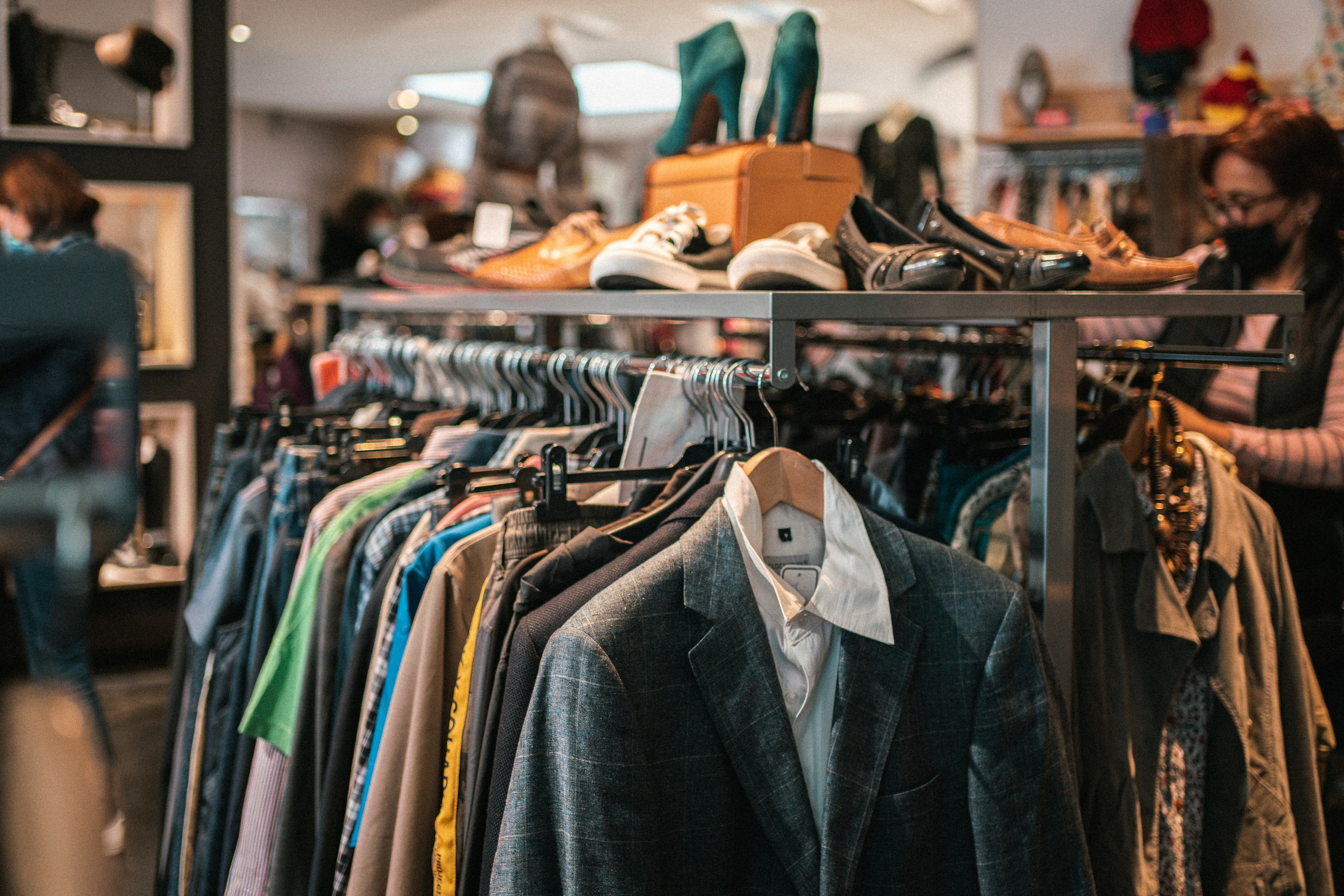
Design Planning for Upcycling
Here’s where your creativity really comes into play. Planning the design is arguably one of the most exciting stages of upcycling.
Conceptualizing the new look
Imagine the possibilities. Do you want to keep the piece’s vintage charm or give it a modern twist? Consider color schemes, finishes, and overall aesthetics that match your vision and the piece’s potential new home.
Choosing between restoration or transformation
Decide whether you’re restoring the piece to its original glory or transforming it into something entirely different. Both approaches have their charm, but your decision will guide the rest of your project.
Finalizing the design plan
Once you have a clear idea, sketch it out or create a mood board. Think about the materials, colors, and finishes you’ll use. Planning ahead helps streamline the process and ensures you’re happy with the end result.
Carrying out the Upcycling Process
With all the prep out of the way, it’s time to roll up your sleeves and get to work.
Details in stripping paint or varnish
If you’re dealing with an old paint or varnish, stripping it back is often necessary. Use a chemical stripper or sanding method, depending on your preference and the piece’s needs. Remember to wear protective gear and work in a ventilated area.
Techniques in painting or re-varnishing
Applying a new coat of paint or varnish can breathe new life into a piece. Take your time and apply thin, even coats, allowing sufficient drying time between each. Experiment with techniques like distressing or stenciling for a unique finish.
Reupholstery basics
If your project involves fabric, reupholstery might be in order. Choose a durable fabric that fits your design vision. You might need to learn a few new skills, like how to use a staple gun or sew fabric covers, but the effort is definitely worth it.
Best practices in refurbishing
Throughout the process, be patient and pay attention to detail. Good preparation, careful application of materials, and diligent finishing touches will ensure a professional-looking result. Don’t rush, and enjoy the journey of transformation.
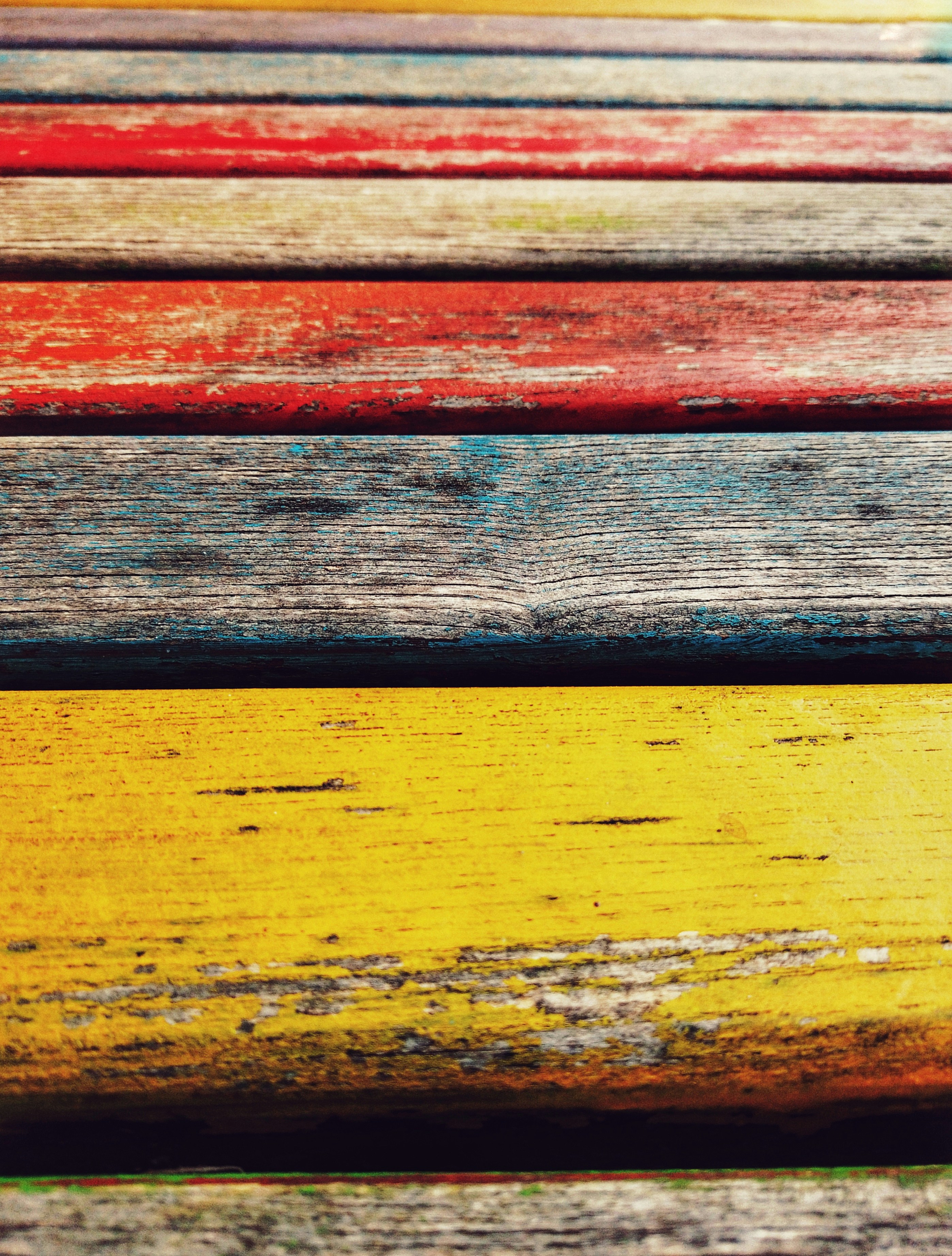
Hardware and Accessories in Upcycling
Choosing the right hardware and accessories can be the cherry on top of your upcycling project. These details can make a big difference.
Selection of new handles, knobs, and fixtures
Updating the hardware can instantly modernize a piece. Look for handles, knobs, and fixtures that complement your design. There’s a wide range available, from vintage to contemporary styles, so you’re sure to find something that fits.
Appropriate choice of fabrics for upholstery
When selecting fabrics, consider both aesthetics and functionality. You want something that looks great but can also stand up to daily use. Think about texture, color, and pattern in relation to your overall design.
Adding embellishments to the furniture
Don’t be afraid to add personal touches like decorative moldings, appliqués, or unique finishes. These embellishments can add character and make your piece truly one-of-a-kind.
The Case Study: Transformation of an Old Dresser
Now, let’s talk about a specific project I undertook – transforming an old, neglected dresser into a stylish, functional piece.
Origin and condition of the dresser
I found the dresser on the curb, looking sad and forgotten. It was solid wood but had seen better days, with chipped paint and a few damaged drawers.
Design planning for the dresser
I decided to give it a modern look with a fresh coat of navy blue paint and brass hardware. The plan also included repairing the damaged drawers and lining them with decorative paper.
Steps taken to upcycle the dresser
First, I cleaned and repaired the dresser, fixing the drawers and removing old paint. Then, I slowly and carefully painted it, added new hardware, and lined the drawers. The transformation required patience and effort but was incredibly rewarding.
Final result of the upcycled dresser
The dresser turned out better than I had imagined. It’s now a statement piece in my home, combining style and functionality. Plus, every time I look at it, I’m reminded of the work and creativity that went into its transformation.
Challenges faced in the Upcycling Process
Every upcycling project comes with its own set of challenges. Here’s what I encountered and how I dealt with them.
Problems encountered during the project
Stripping the old paint was more challenging than expected, and repairing the drawers required some carpentry skills I had to quickly learn.
Solutions and workarounds applied
I took my time with the paint stripping and reached out to friends with carpentry experience for advice on the drawers. Flexibility and a willingness to learn were key.
Understanding the limits of upcycling
It’s important to acknowledge that not everything can or should be upcycled. Some items might be too damaged or not worth the effort. Learning to recognize these limits is part of the upcycling journey.
Benefits of Upcycling Furniture
Upcycling furniture isn’t just a fun hobby; it has tangible benefits that make it a worthwhile endeavor.
Cost savings of upcycling vs. buying new
One of the most immediate benefits is the cost savings. Upcycling a piece of furniture is often significantly cheaper than buying new, especially when you’re able to utilize materials you already have.
Environmental benefits of upcycling
Upcycling also has a positive impact on the environment. By reusing existing materials, you’re reducing waste and the demand for new resources. It’s a small but impactful way to practice sustainability.
Personal satisfaction and creativity boost
Finally, the personal satisfaction and boost to your creativity can’t be overstated. Transforming something old into something new is incredibly rewarding. It gives you a chance to express your creativity and ends with a unique piece that has a story behind it.
Upcycling furniture is more than just a trend; it’s a sustainable and creative way to breathe new life into old items. Whether you’re an experienced DIYer or new to the world of upcycling, every project offers an opportunity to transform trash into treasure. The process can be challenging, but the rewards – from cost savings to environmental impact to personal satisfaction – are truly worth it. So, the next time you see a piece of furniture destined for the landfill, consider its potential. With a little creativity and effort, you might just create your next favorite piece.

